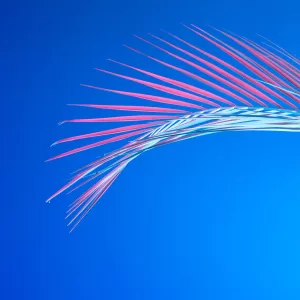A brand archetype is the foundational elements in the crafting of a company’s brand strategy. Originating from Carl Jung’s theory, these archetypes represent universal characters that resonate deeply, often on a subconscious level, with consumers. Initially, they serve as a framework for businesses to identify and project a brand voice that aligns with their core values, mission, and the perceptions they wish to instill in their target audience.
Furthermore, brand archetypes embody specific sets of values, attitudes, and behaviors, making them relatable and aspirational to certain customer segments. These archetypes range from the “Hero” (exemplifying courage and determination) to the “Caregiver” (focused on nurturing and protection). Each archetype tells a story that consumers can emotionally connect with.
For instance, Nike, with its inspirational and motivational messaging, aligns with the Hero archetype, encouraging consumers to overcome challenges. Similarly, brands like Johnson & Johnson fit the Caregiver archetype, emphasizing care and reliability.
Identifying the Appropriate Archetype
The first step is identifying the archetype that aligns with the company’s core values and target audience. This involves a deep understanding of the brand’s history, mission, and the psychological impact it seeks to have on its customers.
Consistency in Messaging
Subsequently, once an archetype is chosen, it should consistently reflect in all aspects of branding, from marketing campaigns to customer service. This consistency reinforces the brand identity and builds an empathetic connection with the audience.
Internal Alignment
Moreover, it’s not just external messaging that needs alignment with the chosen archetype. Internal company culture and employee behaviors should resonate with it as well. This internal-external alignment ensures authenticity, a vital factor in brand loyalty and trust.
Evolving with the Market
While maintaining consistency is crucial, brands also need to adapt their archetype expression to evolving market conditions and customer expectations. Such adaptability ensures the brand remains relevant and engaging.
Embracing brand archetypes pays off in multiple ways. In crowded markets, a well-defined brand archetype differentiates a company from its competitors, offering a unique value proposition to its customers. Additionally, it reinforces emotional bonds between the brand and its customers.
Moreover, a chosen archetype acts as a guide for all brand-related decisions, ensuring coherence and alignment with the brand’s core identity . Brands that consistently and authentically express their archetype tend to foster greater loyalty and advocacy among their customers.



